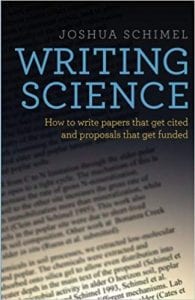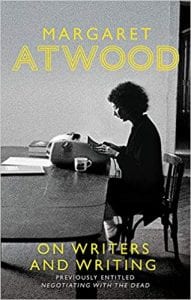Last year I attended Bristol Clear’s first residential – ‘making the most of your first post doc.’ A topic that was explored was ‘What is success?’ and it’s been something that has been on my mind ever since.
Free Solo
I recently watched a film ‘Free Solo’, about a man, Alex Honnold, a mountain climber. He is no ordinary climber as he sometimes climbs ‘free solo’ or in other words – without any equipment. No ropes, no harnesses. Just him, his hands and the mountain.
The film followed Alex as he prepared to climb El Capitan, a 3,000ft high granite wall in Yosemite National park ‘free solo’. Some of the shots were enough to make my legs turn to jelly while I was just sitting in my cinema seat! He would be the first person in the world to do this and *Spoiler* he succeeds.
But I came out of the cinema asking myself – “Why would anyone do that!?”
What’s the driving force?
What stuck with me after the film was something Alex said “Nobody achieves anything great by being happy and cosy.” Alex was comparing his idea on the ‘point of life’ to his girlfriend’s who couldn’t for the life of her understand why anyone would put themselves in such danger… she wanted to live a long and happy life, spending her time with the people she loves.
It made me think – these are two people with very different definitions of what a successful life looks like, but really what it comes down to is their core values.
Core Values
At the Residential last year, I learnt that we all have core values. These are core beliefs which we each hold and they are fundamental to who we are. They are individual to each of us and they drive our behaviour and what decisions we make.
Values drive how you see success
When we are living in line with our values we are likely to feel a sense of things being ‘right’, however, if you’re behaving in a way that goes against your values, this is likely to cause you inner turmoil and you may feel like you’re swimming against the tide.
Taking Alex Honnald as an example, he dropped out of college and spent years living in a van as a self-proclaimed ‘dirtbag’, while he honed his climbing skills in the mountains. For some people – this could look like a life of failure (no job, no house, no relationship, no income – the traditional things our society expects of us). But for Alex, he was living the dream. He was living a life of success – or his definition of it.
For Alex, it is clear he is not driven by material objects, wealth or status. The values which drive him to climb with no ropes may be something like ‘performance’, ‘achievement’ or ‘challenge’. He probably also has values like ‘adventure’ which is why he feels most alive when climbing and being able to travel around the world in his van to climb ever-more-dangerous rock faces.
His girlfriend Sanni, on the other hand, didn’t need to be ‘the best’ at something. Instead, she only needed to spend time with those she loved, building those relationships, to feel content and happy and successful.
Live in line with your values
So if we want to live more successful lives, perhaps instead of asking ourselves what success “should” look like, we should be asking, what does success look like to ME personally?
- Are you an Alex or are you a Sanni? Or are you somewhere in the middle?
- If you’re in the middle, what are the things that you will/won’t compromise?
- Are your values the same as they always were? Or have they changed?
Then, the interesting question is whether the success that we target really matches our values?
- If not, then can success and values be brought back into line?
- What are the consequences of doing that?
- What are the consequences of not doing that?
I’m not saying that there’s a ‘right’ way to think about this. But there will be a balance that is right for you, to achieve success in the areas that you want to.
So have a think, discover your values, and then think about what changes you may need to make to find your very own version of success.





